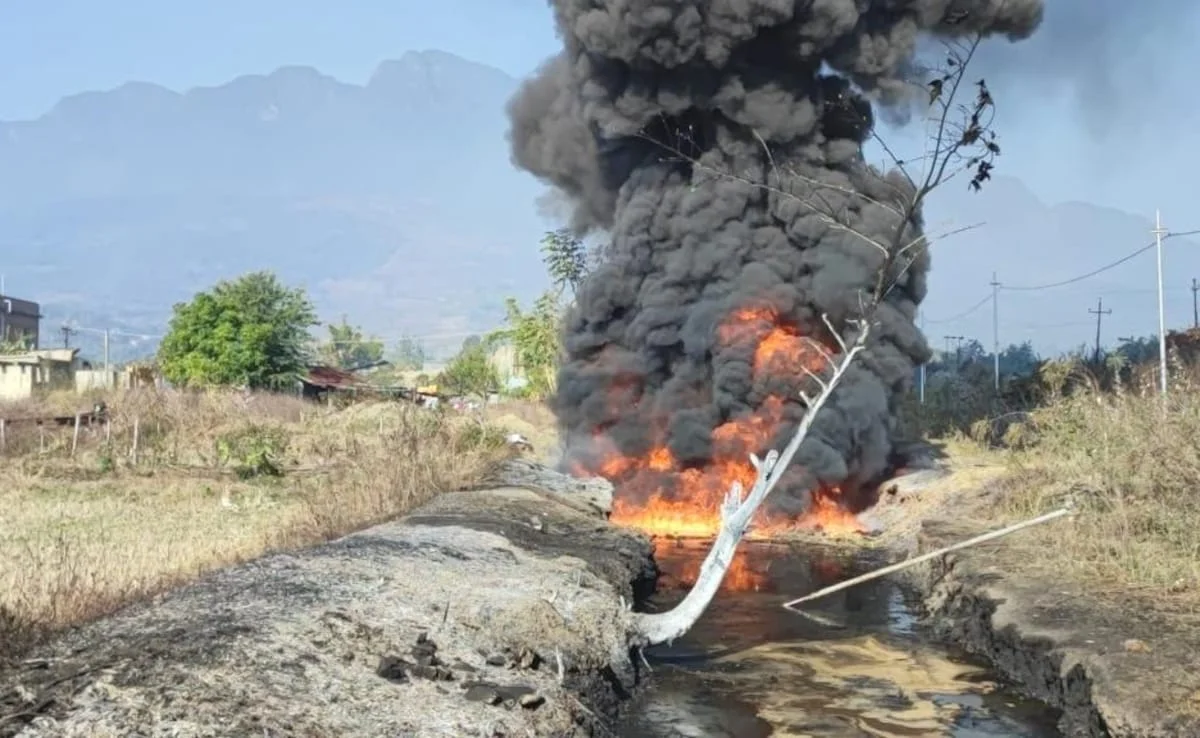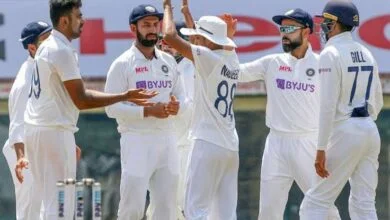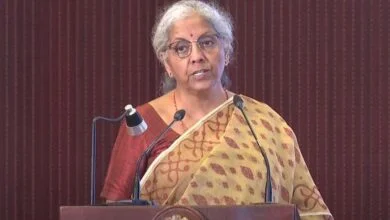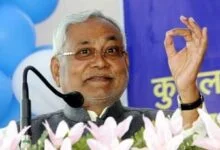Burglars Responsible For Leimakhong Oil Spill, Says Manipur Power Firm In Police Complaint helobaba.com


The Manipur government said the oil leak into the river has been contained
Imphal/New Delhi:
The oil leak from a defunct heavy fuel power plant in Manipur’s Leimakhong on Wednesday happened allegedly after “incidents of theft and burglary” at the abandoned facility, according to a police complaint filed by the Manipur State Power Company Ltd (MSPCL).
The MSPCL in the police complaint filed on Thursday alleged theft and burglary caused the oil leak from the heavy fuel power station and hydropower plant house in Leimakhong, based on which the police filed a zero first information report (FIR) in Sekmai, 20 km from the state capital Imphal.
A ‘zero FIR’ can be filed at any police station. Such an FIR has no number assigned, hence the name ‘zero FIR’, and the police station where the case has been filed has to send the FIR to the correct jurisdiction.
“The perpetrators had also caused spillage of heavy oil, leading to an unceasing release of oil into the nearby river which has posed a significant threat to the public water supply by contaminating the river water and creating a hazardous environmental situation,” the Manipur Police said in a post on X, formerly Twitter.
“… The security forces are making all efforts to identify and arrest the accused persons,” the police said.
On 11.01.2024, official of MSPCL lodged a written complaint regarding incidents of theft and burglary at Heavy Fuel Based Power Plant (HEBPP) and Hydro Power Plant House Leimakhong, MSPDCL, Manipur. The perpetrators had also caused spillage of heavy oil, leading to an unceasing…
— Manipur Police (@manipur_police) January 12, 2024
Sekmai, where the ‘zero FIR’ has been filed, is 10 km from the power plant in Leimakhong. It is the Leimakhong police station where the FIR has to be forwarded for investigation. However, with ethnic tensions in Manipur and people of different communities living in Sekmai and Leimakhong, the matter takes a very sensitive dimension.
The oil leak had contaminated the Leimakhong river and streams in Kanto Sabal village and Sekmai area, raising concerns over long-term environmental damage, and shortage of drinking water in areas along the river.
The Public Health and Engineering Department has, as a precaution, temporarily closed the water supply schemes located near the streams, and will re-open them once the test samples confirm the water is safe to drink. The government said it has arranged drinking water by boring tube wells and sending water tankers to the affected area.

The Chief Minister’s Office in a statement on Friday said the oil contamination “has been effectively controlled”.
“An expert team has been formed to investigate the incident and conduct a comprehensive assessment of contamination and its impact on the surrounding areas. Additional security measures have also been taken up as well,” the statement said, adding Chief Minister N Biren Singh held a meeting with Chief Secretary Vineet Joshi, experts from the Indian Institute of Technology Guwahati, Indian Coast Guard, and officers from other departments.
The Chief Minister’s Office said residents who need drinking water may call these helplines – 8794006422, 7085922914.
Chaired a high level meeting addressing the oil spillage incident along the streams in Leimakhong, attended by the Chief Secretary, Dr. Vineet Joshi, IIT faculties, Indian Coast Guard, and various department officials at my secretariat office.
The spill, spreading heavy fuel… pic.twitter.com/O3OuK30SFD
— N.Biren Singh (@NBirenSingh) January 12, 2024
While the police will run their own investigation separate from a three-member committee formed by the Governor into how the leak happened, publicly available information throws up several questions as to the location of the heavy-fuel power plant and its distance to the river.
The nearest point from the power station to the river is 450 metres, while the farthest point is 2.5 km within Leimakhong. There are buildings, school, church, market and other structures between the river and the power plant. A surface oil leak would have contaminated the areas between the river and the power plant.

An electrical engineer who has been to this power plant while it was operational said the facility is a self-contained unit, with no fuel connection outside except the electricity outlet.
“I have been specifically told by the electrical engineer and another civil engineer that no piping goes out of the compound, and heavy fuel is stored inside the compound. Oil tankers from Assam and other areas used to bring heavy fuel to fill the tanks in the compound. For example, those storage tanks were like the ones in any fuel station,” the engineer who has over two decades of experience told NDTV, requesting anonymity.
He ruled out underground seepage from the storage unit as the residual heavy oil from the defunct power station was not enough in volume to push through the soil till the river. The tank would also act as a shield against the soil.









